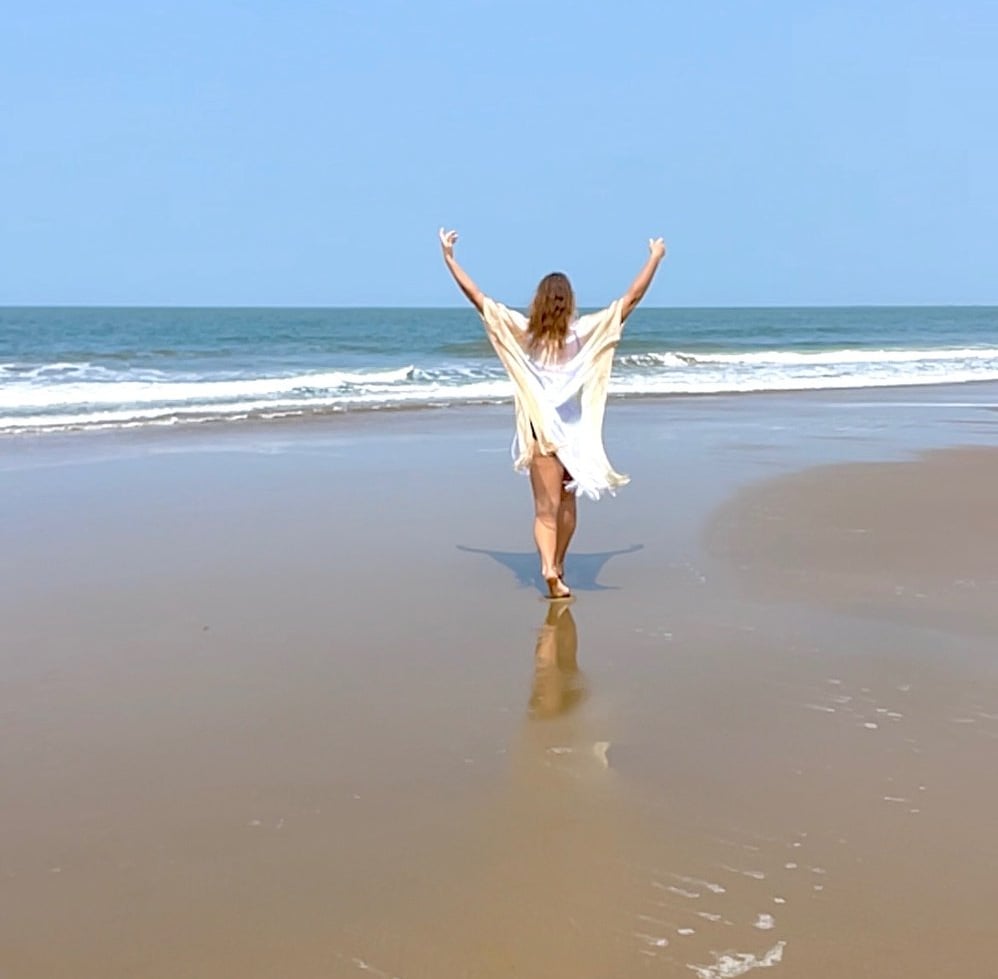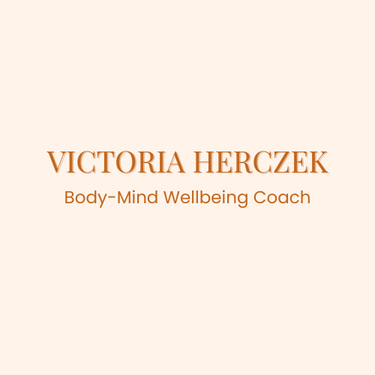Not All Movement is Equal
Let movement be an expression of our self-care rather than merely a tool to meet external expectations.
Victoria Herczek
10/7/20241 min read


Human movement is the result of a complex interaction between anatomical structure, the functioning of the nervous system, and the energy that the body can metabolize. Skeletal muscles, attached to bones, operate in a cyclic manner, contracting and relaxing, which allows us to perform various activities such as walking and running. The brain and spinal cord control these activities by sending signals to the muscles. At the same time, receptors located in the joints and muscles provide information about the body's position, which is crucial for maintaining balance. Fundamental metabolic processes, such as respiration and digestion, supply the necessary energy for movement.
It is important to engage in forms of physical activity that bring us joy and fulfillment. Embracing and respecting our limitations is essential, as every individual has unique movement needs. Movement should be an expression of self-care, integrating the acceptance of our bodies with a commitment to health.
The type of movement we choose often reflects our identity. Intense training aimed at achieving excellence in a specific sport may indicate a focus on results rather than on our relationship with our own bodies. Therefore, it is important to remember that physical activity does not have to involve participation in fitness clubs or adherence to strict training regimens. The key is to acknowledge that every form of movement carries health benefits.
When incorporating movement into our daily lives with a focus on wellbeing, we should not force ourselves into activity. The true purpose of movement should be to support inner peace and overall wellbeing, resonating with the well-known saying that "a healthy mind resides in a healthy body."
The Victoria’s Holistic Wellbeing method emphasizes the importance of individual independence in everyday life. For this reason, its founder promotes the idea of free, unforced movement, free from toxic thoughts about our bodies. This form of physical activity harmonizes the triad of body, mind, and spirit, while also eliminating dependence on intense training or extreme sports that may be harmful.
Let movement be an expression of our self-care rather than merely a tool to meet external expectations.
Blessings,
Victoria
